Best Tips For Trolling For Trout
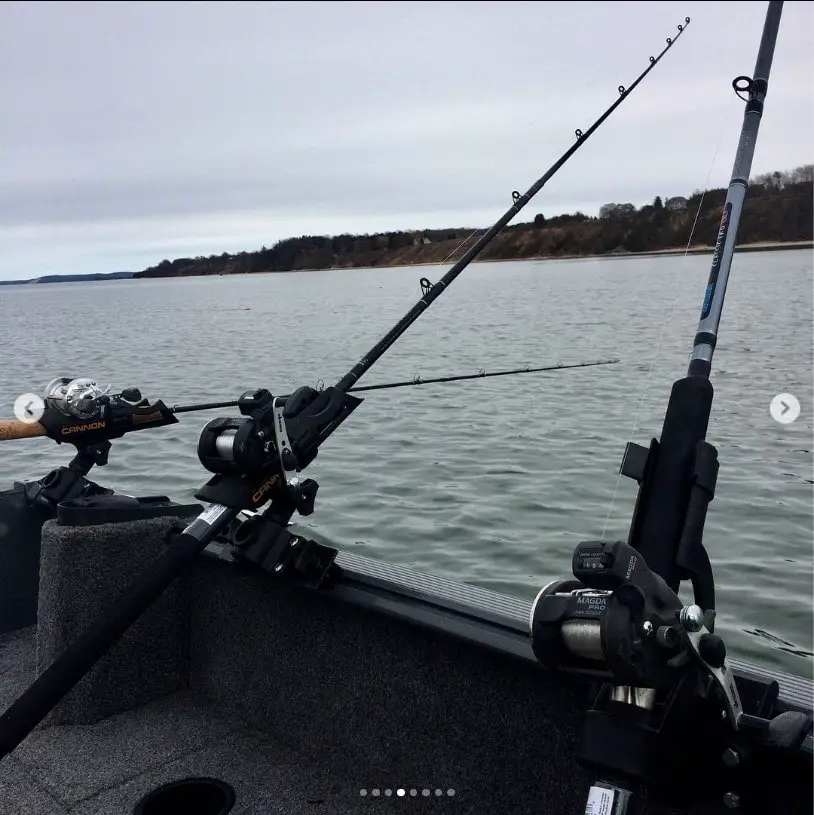
Most people who know me know that I fish and guide rivers and streams, but I also have a cottage with brook trout and lake trout in it, and trolling for trout is required to catch fish consistently.
I have done hundreds of trolling guide trips, and there have been times when I’ve trolled for ten days straight. These are the tips, tactics, and gear I use to troll for trout effectively.
Many lake and reservoirs are stocked with trout or have natural populations, and these trout are best fished using trolling methods.
Compared to other trout fishing methods, trolling is often more effective, yielding more fish throughout the day because you can cover a lot more water.
What is trolling: For any newbies reading this – Trolling involves dragging fishing lines off the back or sides of a slow-moving boat. It’s the most common method for fishing trout when trout are found in the deepest parts of the lake.
Tackle and Equipment:
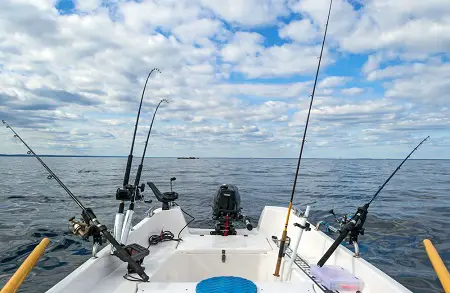
- Rods: Medium-power spinning or casting, 6 1/2 to 8 feet. I prefer 8-foot rods unless I am using down riggers. Then, a 7-foot rod is good.
- Reels: Medium-capacity spinning or baitcasting reels, or trolling reels like the Pflueger Sea King for lead-core line. I use a size 300 to 400, which holds enough line for long-line trolling methods or for fishing deep.
- Line: Monofilament of 8 to 12 pounds is popular and best for downriggers. I prefer braided lines for flat line trolling or wire line and dacron backing, or lead core for deep trolling.
- Advanced gear: Downriggers, temperature probes, depth-sounders, chart-plotters, and modern outboards for efficient trolling.
Rigging Techniques:
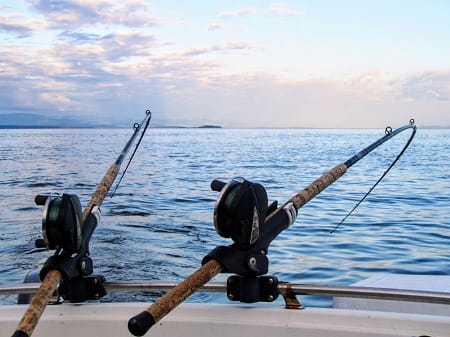
Livebait rigs, similar to those used in walleye fishing, are suitable for presenting night crawlers and small minnows.
However, a three-way rig is more versatile, especially when trout are not on the bottom.
Fluorocarbon leader rigs attached using a micro swivel tied to the mainline are good for trolling flies and trolling lures.
Downrigger and planner board fishing are also a good options.
Planer Boards are great for spreading lines away from the boat, which is useful for covering more area.
Location and Trout Behavior:
- Trout require specific temperatures (50F to 60F), good oxygen content, and food. If you can find these three things, you will find trout, and they will be less influenced by structural features.
- Preferred depths: near-surface in spring/fall, top 20 feet in summer, or deeper if the temperatures are not suitable.
- Thermoclines are important in summer, especially for lake trout fishing. The thermocline is a layer in a lake where water temperature changes drastically, creating ideal habitat for trout in summer. Trout are found in the thermocline due to its balanced temperature and oxygen levels.
- I like to slow troll a bait or lure just above the thermocline unless my fish finder indicates trout are deeper.
- Structural elements like points and humps that extend into these temperature ranges are prime trolling areas, as they support the baitfish and invertebrates that rainbows feed on.
- A temperature probe that can measure water temperature at various depths is more useful for locating trout than a surface temperature gauge.
Trolling Techniques and Presentation:
- Spring and Fall: I use shallow-running baits in the spring and fall when the surface water is cooler, and the trout are higher in the water column. I use deeper-running lures in summer or use Dipsy’s, lead line, or downriggers to get deep.
- Clear Water: A technique I use in clear water or under high fishing pressure is trolling baits behind planer boards. This method is also effective when trout are feeding near the surface.
- Summer and Hot Weather: During summer, deeper-running lures such as deep diving crankbaits are recommended. Alternatively, increasing the running depth with clip-on weights or three-way rigs can be effective. Also, spoons trolled behind Dipsy divers or downriggers is very effective.
- Stained Water: In stained water or when trout are scattered, I use trolling baits behind cowbells (a series of small spinner blades on a braided wire leader that attracts fish), which can be very effective.
- Speed: I typically troll around 1.8 to 2.3 MPH. However, my speed depends on the fish’s activity level. On days when they are more active, I may speed up even more so I can cover more water.
- Lure selection: I tend to run brighter lures in spring, subtler lures in summer, and shallow-water lures in fall.
- Lures I use: Hammered Pennies, Mother of Pearl spoons, Zebra Tobies, Tillins Flatfish, Hotshots, Tokoroa Chickens, Tassie Devils, Dream Weaver trolling spoons, Original Raplalas.
Best Lures For Trolling For Trout
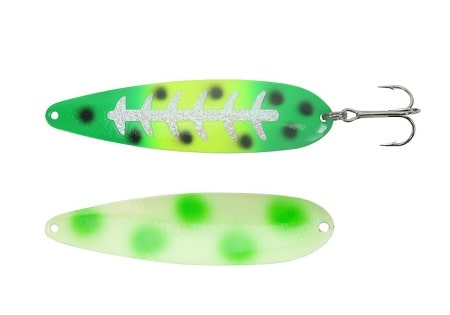
- Trolling spoons and Williams Wobblers spoons in silver, gold, bronze, and brighter flashy colors- Lure size is 3 to 4 inches.
- Spinners are good lures to troll – silvers, golds, and copper colors are good and brighter colors are also good. Best in sizes 3 to 5 are good options.
- Crankbaits are good for trolling – 3 to 5 inches is best.
Personal Experiences and Practical Tips:
- I have found when trolling for trout that focusing on early morning provides the most success. The last 2 hours before dark can also be good. These are times when bugs, baitfish, and trout are all active.
- I recommend managing and maintaining your tackle, including changing your fishing line yearly to prevent tangles and break-offs.
Advanced Strategies:
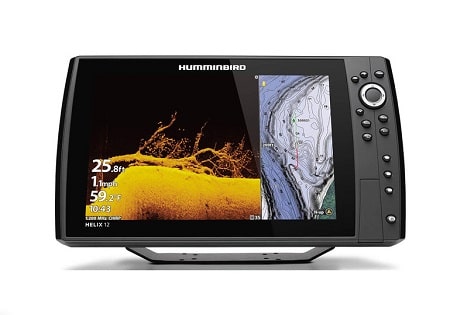
- Use Electronics: I use electronics such as fish finders, depth and temperature probes, and GPS for locating fish, understanding lake contours, marking and recording fish, and where I’ve caught those fish. All this data adds up to a lot more trout in the net.
- Trolling Rod Holder: Positioning of the rods to spread the lines out is a good skill to have. I do this to spread the lines out to cover more water with the lures but also for fewer tangles.
- Line length: The setback lengths of line change for different seasons and for the different methods used. When flat-lining with diving lures, I set the line to get the lure at the desired depth, no shorter and not longer. I have had trout hit 20 feet behind the boot and 200 feet behind the boat. The key is putting your lure at the right depth which is 1 to 10 feet over their heads.
Line And Leader For Lure Fishing Lakes And Ponds
Braided Line: When flatlining, I really like a 20 to 30-pound braided line because it has no stretch and provides a better hook set.
Wire Line: If I want more depth while flat lining, I also use 20- 30-pound wire line which are heavier and will get your bait down.
Lead Core Line: And if I want a lot of depth, lead core lines can’t be beat. They are heavier lines that sink quickly and are color-coded for depth indication.
Leader: I will often add a 16 to 36-inch 10 to 12-pound fluorocarbon leader attached to the braided or wire line to the mainline by a swivel.
Mono and Fluoro: But when I’m using dipsy divers, or downriggers, I like to use a fluorocarbon line or monofilament of 12 to 14-pound test. If I use a braided line or mono line, I will also add a fluorocarbon leader.
Flat Line Trolling
Flat line trolling is simply letting the line straight out the back of the boat with no added device for getting the lures deeper. This is my preferred method whenever possible.
If the trout are high in the water column, you can use most lures like spoons, spinners, and shallow-running crankbaits.
If the trout are deeper use deeper diving crankbaits and run them as far back as you need to get the desired depth.
A misconception anglers have is that all lures need to be trolled far back from the boat, however, 30 to 50 feet is all that is needed when flat-lining shallow lures, and when running deep diving lures, they will often run deeper the farther back you run them so I tend to use line counter reels when trolling so I can achieve the desired depth from my lures.
If the trout are very deep, like in the summer when the lake trout go very deep, a device like a dipsy diver can get your lure down over 60 feet deep.
You will need a line counter trolling reel to help you gauge the depth.
Downrigger Trolling
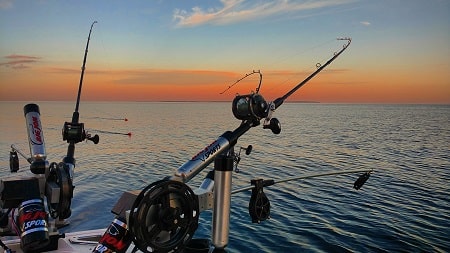
If you need more precise depths, or you want to fish the shallow running lures like spoons very deep, I use downriggers.
Rigging Details: I use a 4-pound downrigger ball, with 40 to 60-pound leader material, and keeping the bait in the strike zone around the thermocline.
Conclusion:
- I encourage anglers to experiment with different methods and setups to find out what works best for them.
- Stay up to date on the evolution of trolling techniques and technological advancements to ensure you catch the most trout.
Tight Lines,
Graham
Resources:
Trout Activity Water Temperature: Trout Optimal Water Temperatures – MyWaterEarth&Sky
